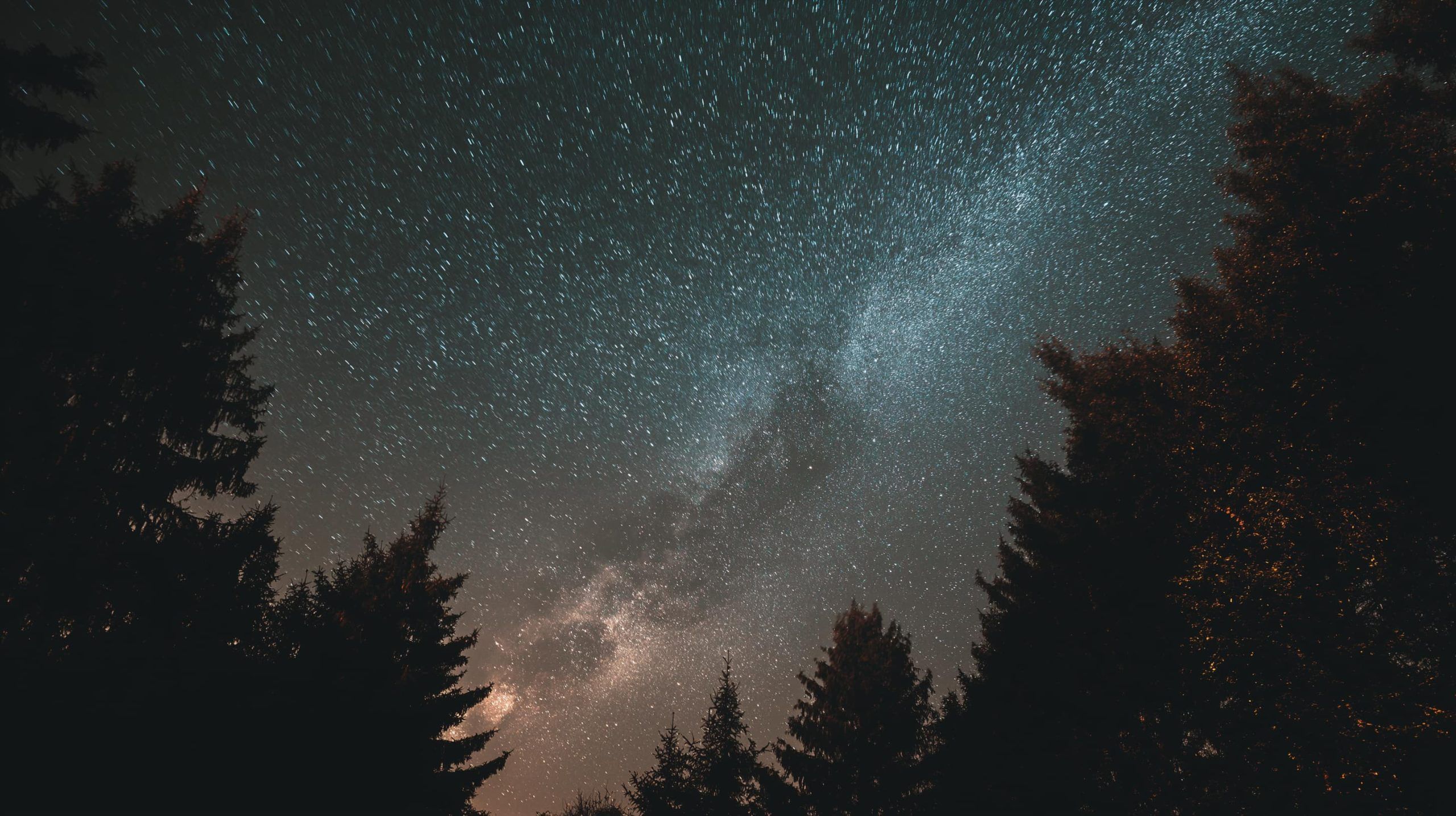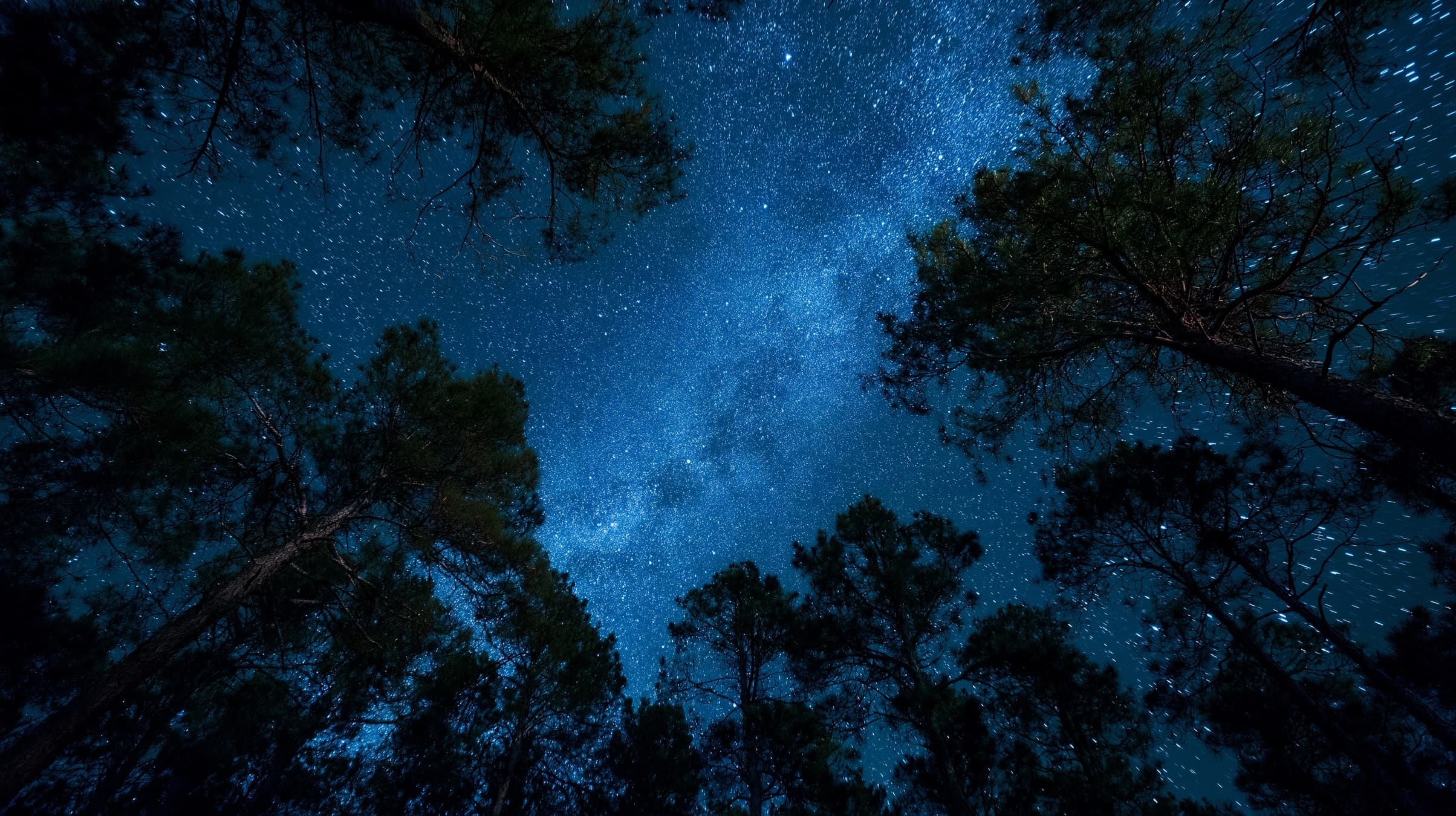
Don’t Miss 2025’s Rare Triple Conjunction: Moon, Venus & Regulus Light Up Dawn Sky
A Rare Celestial Trio in Context Triple Conjunction is the term for an apparent meeting of three celestial bodies in close proximity in the sky. In astronomy, a conjunction means two or more objects share a similar line-of-sight or celestial


